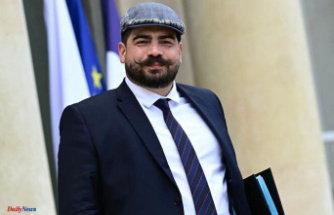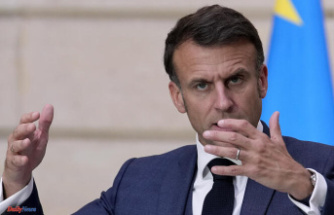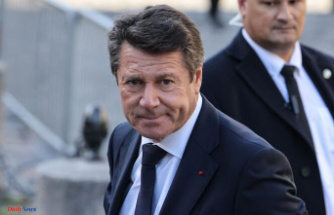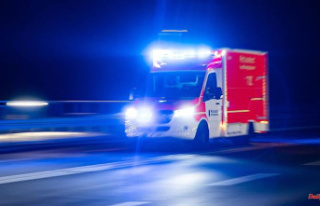The government is taking the population's fear of winter seriously across the board. But it remains to be seen whether half of the relief can actually be financed through special profits skimmed off.
The traffic light coalition negotiated for around 20 hours, and then the last population group was probably checked for need and considered. You have to leave that to the federal government: almost no one is left out in the third so-called relief package. A lot helps a lot was the motto, and this broad approach was probably the only feasible one. The fear of winter is just as widespread in society, in companies and families.
Pensioners, students, families and/or low-income earners are supported with direct payments, such as: child benefit, flat-rate heating costs and housing benefit. HartzIV recipients will be better off with the new citizens' allowance, while taxpayers will be better off thanks to tariff changes, better deduction options and the reduction of certain social security contributions. After all, anyone who heats with gas pays significantly less VAT. And those who use buses and trains can hope for a successor to the 9-euro ticket, even if not at this price and only if the federal states bear half the costs themselves.
"There is no single measure," says SPD leader Saskia Esken. She is right. And yet: the lower income groups get a lot of support, yes, but the government did not want to limit itself to that. The affluent are also benefiting, although they may not really need it.
If you absolutely want to follow the political color distribution in the package, you can say: This time there is more of the SPD and the FDP and a little less of the Greens. But to do the math alone would actually be window dressing: this government will either get through the winter together - or not at all.
More importantly, the heart of this relief is in the stars. Of the announced 65 billion euros in relief, more than 30 billion will come from the redistribution of special profits on the electricity market - if they come. Organizing this without the affected wind or nuclear power operators suing successfully is much more difficult than the Federal Chancellor wanted the public to believe today. The profits do not arise because of the greed of the companies, but because parts of the market under the current conditions, as if by chance, produce results that one does not want to tolerate politically. So these billions are not a safe bank. It is also not clear who ultimately gets which "basic requirement" for electricity and how cheaply.
It will now be up to the citizens themselves to keep an overview and actually access the large number of reliefs and payments. This has by no means been taken for granted in the past, unfortunately some of the help for the really needy groups was simply left undone. It is at least as important that the state and authorities also keep an overview. For the relief, almost every wheel that can be turned in the welfare and tax state is being turned. This will have unwanted side effects and deadweight effects, anything else would be a miracle. That is why as little as possible of the special aid should be designed for the long term. The third relief package is intended to get citizens and the country through the winter safely. Then you have to see further.












